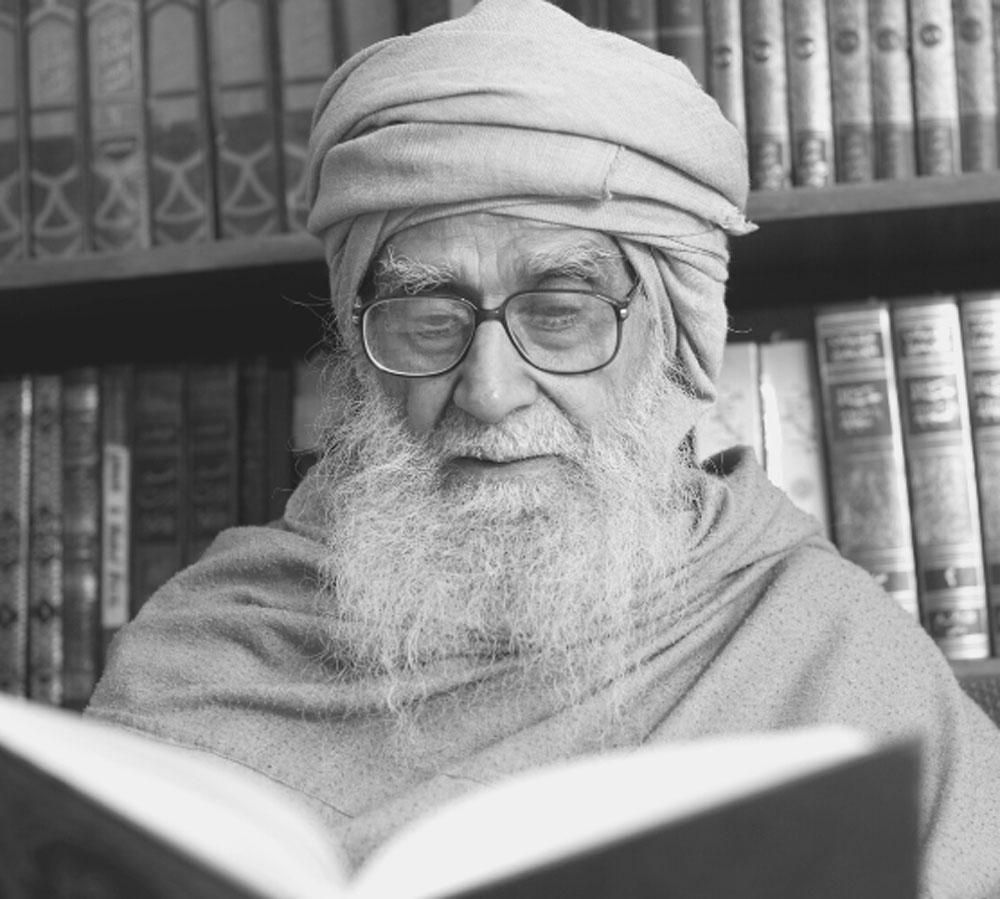Tradition of
Mutual Exchange
Life is the name of give and take—of taking and giving, of influencing others and being influenced by others. This is a general social law which has continued throughout history and will continue in the future. Wherever there are human relationships, this mutual exchange will also continue.
An example of mutual exchange is trade. In business dealings, people learn from each other. Similarly, when building houses, individuals benefit from each other’s construction experiences. Likewise, in furniture, transportation, agricultural tools, and many other areas, the process of exchange between different groups continues. It is entirely natural for this two-way process to keep happening among human beings.
However, if we study the events of give-and-take in depth, an important reality comes to light. And that is: this entire exchange is limited, not unlimited. In this mutual process, a particular boundary is always present. That is, some things on both sides keep changing under each other’s influence. But at the same time, there are other things that always remain the same. They stay unchanged and unaffected.
In this matter, life is like the water of the ocean. On the upper surface of the sea, waves rise. Water from one side keeps moving into the other side. But the water deep under the sea remains completely still. It always stays in the same state. On the surface of the ocean, the process of change continues, and in the depths of the ocean, the process of stillness and consistency continues.
This difference is completely natural, and it must necessarily remain. Trying to eliminate this difference is going against nature. To go against it is to clash with nature. And whoever clashes with nature ends up destroying himself. He cannot change the eternal processes of nature. In this world, insisting on stillness in things that are changeable is wrong—and trying to change things that are unchanging is equally wrong and useless.
Now in this light, think about the tradition of ‘Ijaab-o-Qubool’ (acceptance and agreement) in religion. Religion too comes under this general law. Religion also has some eternal principles, and some additional aspects. The eternal principles of religion always remain in the same state. But in its additional aspects, the process of exchange continues. In this second part, one religion takes from another, and also gives something in return. In one sense, religion is like the depth of the ocean, and in another sense, it is like the surface of the ocean.
To make this understanding easier, these two things can be called religious reality and religious culture. We can briefly call them religion and culture. Religion is basically the name of certain principles and values. These principles and values hold eternal importance. They are based on truth. No change or compromise is possible in them.
But culture is mostly related to collective ways of living. It takes shape according to geographical needs, national circumstances, and historical factors. These do reflect the basic principles of religion. But at the same time, they are also influenced by temporary and local conditions.
Take the example of Islam. Islam began in the 7th century CE in Arabia. After that, it spread across the whole world. The eternal principles on which Islam was based—like Tawheed (Oneness of God), Risalah (Prophethood), and Akhirah (Hereafter)—Muslims did not accept influence from any other country in these matters. These principles have remained unchanged everywhere. But, for example, in the matter of clothing, Muslims accepted the influence of local customs in every country. Today, Muslims live in Arabia, Iran, India, Europe—everywhere. But in every place, their dress is different.
However, one principle will be seen at work everywhere. Regarding modesty in dress, Islam had set certain rules, and Muslims everywhere have equally followed them. But in terms of clothing styles, they have accepted local customs everywhere. So, in the matter of clothing, they followed fifty per cent of Islamic teachings, and for the remaining fifty per cent, they followed local conditions.
If you travel to different countries, you will notice differences in the dining tables of Muslims in each place. Arab food, Iranian food, European food—Muslims everywhere eat differently. But even here, along with these differences, there is also a consistent aspect. In eating habits, Muslims everywhere accepted local influences. But regarding food, the limits of halal and haram set by Islam have been maintained everywhere.
The same applies to homes. If you look at the houses of Muslims in different countries, you will see clear differences in their design and structure. Everywhere, Muslims accepted the influence of local architecture and kept that in mind while building their homes. But along with that, one principle will be found unchanged everywhere—and that is the principle of pardah (privacy). Muslims kept a separation between the women’s and men’s areas in their homes. They designed their houses in a way that they could live with their families while maintaining the boundaries of pardah.
In summary, from a religious perspective, this tradition of give and take has two aspects. One relates to principles and values, while the other concerns cultural expressions. When it comes to principles, religion adheres to complete consistency. However, in cultural matters, it employs a fifty-fifty approach. That is, religion aims to keep its beliefs and principles entirely unchanged, but in cultural aspects, it preserves its core values up to fifty per cent and adopts adaptation and harmony for the remaining fifty per cent.
All India Radio, New Delhi, 22 March 1991.





